- Pine Cliff Resort
- Campgrounds & RV Parks
- Washington
- Yakima County
- Campgrounds & RV Parks in Silver Beach
- Spring campground
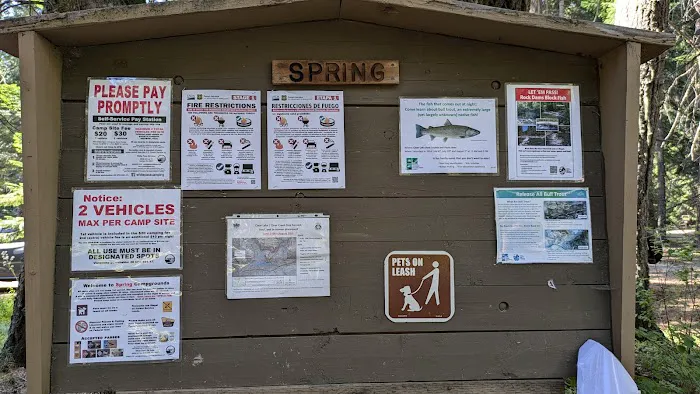
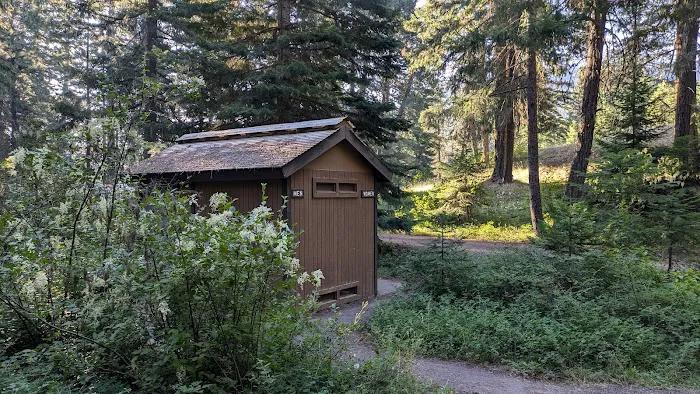
Spring campground Introduce
The name "Spring Campground" refers to multiple distinct campgrounds across various regions, each offering unique environments and services under the broad "Campgrounds & RV Parks" category. To provide a comprehensive introduction, we will synthesize information from several notable "Spring" named campgrounds, highlighting their commonalities as well as their individual characteristics, providing an objective overview for local users.
The environment of a "Spring Campground" is, as the name suggests, often characterized by the presence of a natural spring, a spring-fed pond, or proximity to a significant body of water, lending a fresh and vibrant feel to the surroundings. For instance, in the Ozark National Scenic Riverways, Round Spring Campground is nestled in and along the forest, offering a quiet, intimate experience with nature, with easy access to the actual Round Spring and the Current River. This creates a lush, riverside environment perfect for those who appreciate the sounds of flowing water. In the Uinta-Wasatch-Cache National Forest in Utah, Spring Campground is located on the Left Hand Fork of the Blacksmith Fork River, forested by shady maples that provide respite from summer heat, with grasses and wildflowers adding bursts of color. Similarly, in the Deschutes National Forest in Oregon, a Spring Campground located on Crescent Lake is characterized by widely spaced vegetation, giving it an open and sunny disposition with large, flat sites. Even in the arid landscape of Death Valley National Park, Texas Springs Campground (often referred to for its spring) offers some trees and views overlooking a valley, contrasting with the stark desert surroundings. Generally, these campgrounds immerse visitors in diverse natural settings, from dense, old-growth forests to sun-drenched lakeside clearings, all with a connection to a fresh water source, contributing to a sense of vitality and natural beauty.
Services at "Spring Campgrounds" vary significantly depending on their managing authority (e.g., National Park Service, Forest Service, Bureau of Land Management, or private operators) and level of development. Common services typically include individual campsites equipped with a picnic table and a fire ring for cooking and warmth. For instance, Round Spring Campground in Missouri offers 55 sites, including electric and non-electric options, with flush toilets and hot showers available year-round, along with a seasonal camp store selling ice and firewood. It also provides a dump station. Conversely, the Spring Campground in Utah, in the Uinta-Wasatch-Cache National Forest, is more rustic, offering only three single sites with picnic tables and fire rings, and vault restrooms, but crucially, no potable water on-site, requiring campers to bring their own. The Spring Campground on Crescent Lake in Oregon provides potable water and vault toilets. In a more developed context, a private "Spring Campground" like Silver Springs Campground in Wisconsin offers a much wider array of services, including a heated swimming pool, laundry facilities, a fully stocked camp store, canoe and paddleboat rentals, and even cabin rentals, alongside standard campsites. Most "Spring Campgrounds" typically allow both tent and RV camping, though maximum RV lengths can vary significantly (e.g., 21 feet to over 40 feet). Many operate on a reservation system (often via Recreation.gov), while some are first-come, first-served. Fees also vary, with discounts often available for holders of federal recreation passes (like the America the Beautiful Pass). Pets are generally permitted but usually require a leash.
The features of "Spring Campgrounds" highlight their appeal to different types of outdoor enthusiasts. Across the various locations, recurring features include:
- Campsite Variety: Most offer a mix of tent-only sites and sites that can accommodate RVs and trailers, with some providing full hookups (electricity, water, sewer), while others are primitive.
- Water Access: The presence of a "spring" often means direct access to a river, lake, or the spring itself, facilitating water-based activities like fishing, floating (e.g., Current River in the Ozarks), or boating (e.g., Crescent Lake in Oregon).
- Restroom Facilities: Ranging from basic vault toilets in more rustic settings to flush toilets and hot showers in more developed campgrounds.
- Picnic Tables and Fire Rings: Standard at almost all sites, essential for outdoor dining and campfires.
- Trails: Proximity to hiking, biking, and sometimes equestrian or OHV (Off-Highway Vehicle) trails is a common feature, inviting exploration of the surrounding natural areas. For example, Round Spring Campground has trails connecting to Echo Bluff and Current River State Park.
- Wildlife Viewing: The natural environments are conducive to observing local wildlife, from birds and small mammals to larger animals like elk in some areas.
- Accessibility: Many developed "Spring Campgrounds" (such as Round Spring and Texas Springs) strive to offer accessible campsites and restroom facilities.
- Camp Host/Staff On Site: Many campgrounds, especially those with reservations or significant visitation, will have a camp host or park staff available seasonally to assist visitors.
- Camp Store: Some larger or more developed Spring campgrounds may feature a seasonal camp store for convenience items, ice, and firewood.
Promotional information for "Spring Campgrounds" often emphasizes their unique natural attributes and the recreational opportunities they provide. Key promotional messages typically include:
- Secluded and Peaceful Getaways: Many are promoted as tranquil retreats, perfect for disconnecting from urban life and enjoying the quiet of nature.
- Ideal for Water Activities: Strong emphasis is placed on fishing (e.g., trout in the Blacksmith Fork River, various species in the Current River or Crescent Lake), swimming (especially in spring-fed ponds), and boating/paddling opportunities.
- Hiking and Outdoor Adventure Hub: Their locations often serve as excellent basecamps for exploring extensive trail systems, scenic byways, and nearby natural attractions (e.g., close to Mount St. Helens, Mount Adams, and Mount Rainier for a "Spring" named group camp in Gifford Pinchot, or major national parks/forests).
- Family-Friendly Experiences: Campgrounds with more amenities (like playgrounds, organized activities, and a swimming pond, as seen at Silver Springs Campground) are promoted as ideal for families.
- Seasonal Beauty: The name "Spring" itself often evokes images of blooming wildflowers, fresh greenery, and mild temperatures, making spring a particularly appealing time for camping. Promotion often highlights opportunities to witness new life and vibrant landscapes.
- Accessibility: Campgrounds with ADA-compliant sites and facilities often highlight these features to attract a wider range of visitors.
- Convenience and Amenities: For more developed "Spring Campgrounds," the presence of flush toilets, hot showers, and potable water is a strong promotional point, offering a comfortable outdoor experience without sacrificing the connection to nature. Conversely, more rustic sites promote the "back-to-basics" and self-sufficiency aspects.
- Reservation Ease: Campgrounds that allow online reservations highlight this convenience for planning.
In essence, "Spring Campground" (in its various iterations) represents a diverse array of outdoor accommodations within the "Campgrounds & RV Parks" category. Each location leverages its unique natural setting, often centered around a freshwater source, to offer a distinct camping experience, from basic and rustic to more amenity-rich, all promoting a deep engagement with the natural world.
Location
WashingtonYakima CountySilver Beach
Customer Reviews
More Places to Explore Nearby
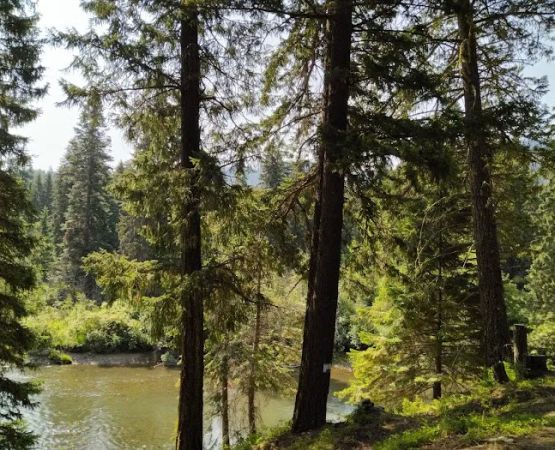
Clear Lake Campground North
Goose Prairie, WA 98937, USA
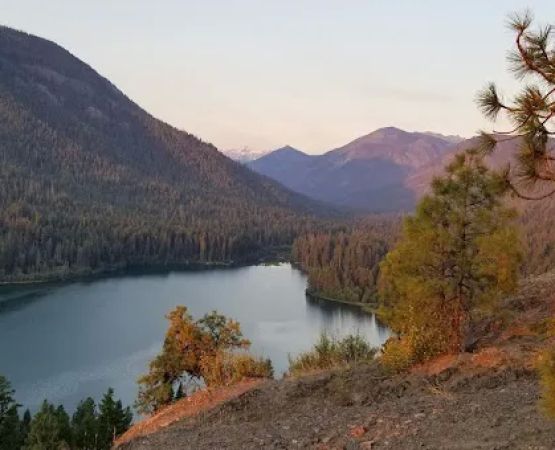
Clear Lake South Campground
Naches, WA 98937, USA
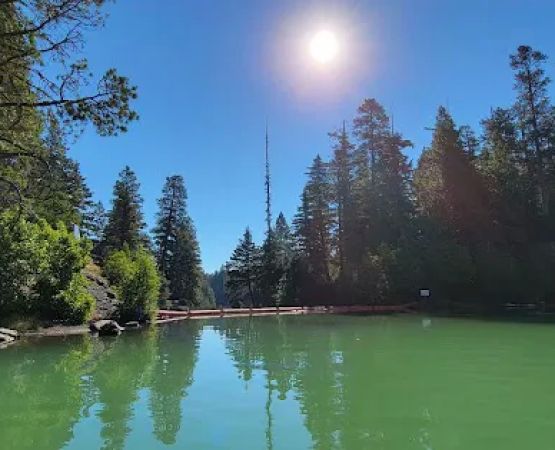
Unimproved Clear Lake North Group Campground
1200 NF-740, Naches, WA 98937, USA
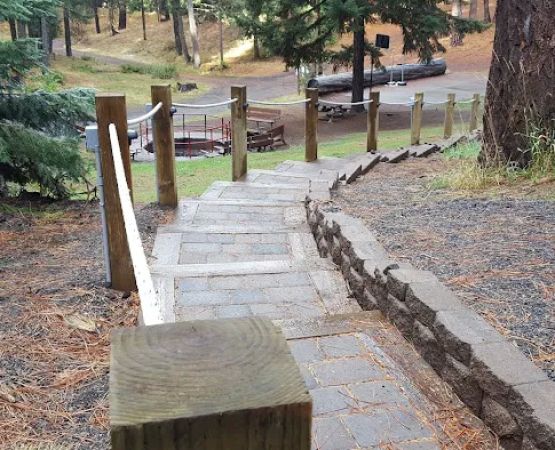
Camp Prime Time
NF-744, Naches, WA 98937, USA
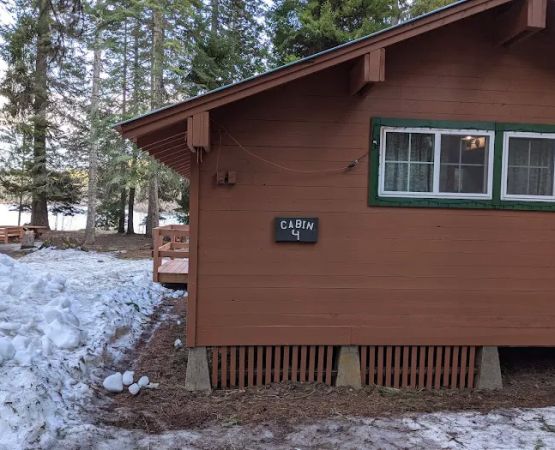
Camp Zarahemla
13260 Tieton Rd, Naches, WA 98937, USA

Indian Creek Campground
US-12, Naches, WA 98937, USA
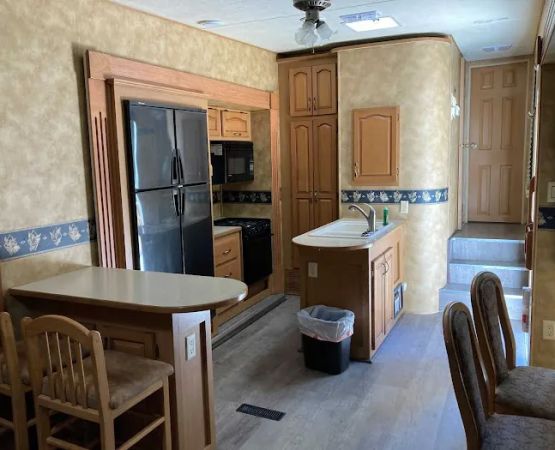
Silver Beach Resort and Restaurant
40350 US-12, Naches, WA 98937, USA
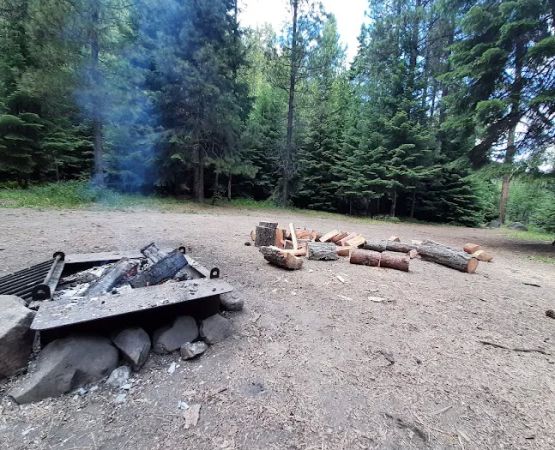
Lower Bake Oven Campground
Naches, WA 98937, USA
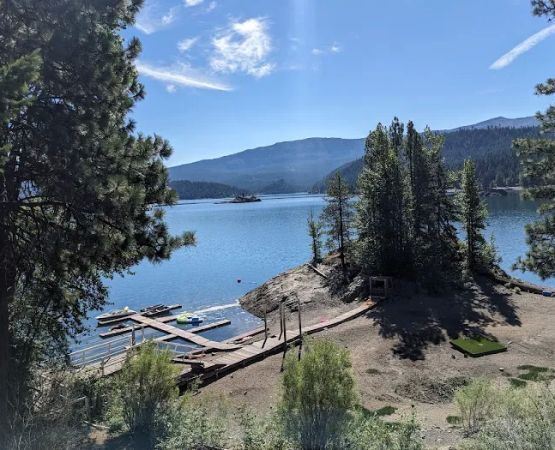
Rimrock Lake Resort LLC
37590 US-12, Naches, WA 98937, USA
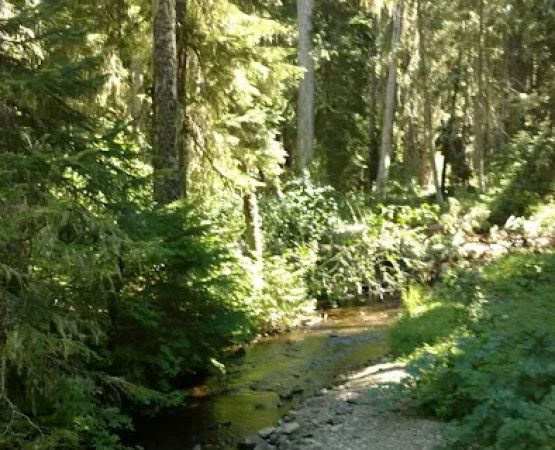
White Pass Horse Camp
NF-499, Naches, WA 98937, USA
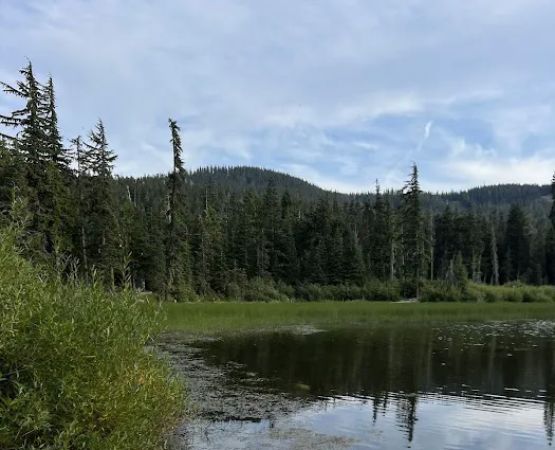
White Pass Lake
NF-498, Naches, WA 98937, USA
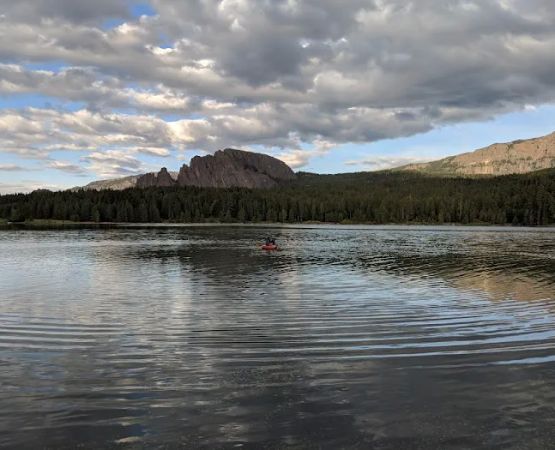
Lonesome Cove Campground
Naches, WA 98937, USA
Categories
Popular Campgrounds & RV Parks
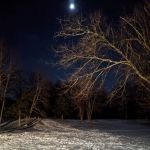 Hoyt Scout Reservation, Scouting America4.0 (41 reviews)
Hoyt Scout Reservation, Scouting America4.0 (41 reviews)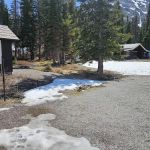 Two Medicine Campground4.0 (184 reviews)
Two Medicine Campground4.0 (184 reviews)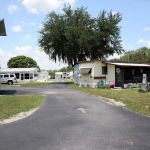 Camp Central RV Parks - North4.0 (82 reviews)
Camp Central RV Parks - North4.0 (82 reviews)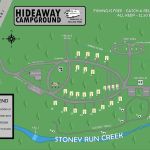 Hideaway Campground4.0 (37 reviews)
Hideaway Campground4.0 (37 reviews)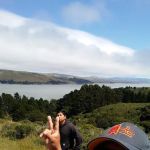 Marshall Beach0.0 (0 reviews)
Marshall Beach0.0 (0 reviews)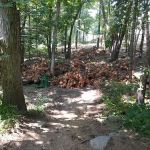 Twin Brooks Campground4.0 (17 reviews)
Twin Brooks Campground4.0 (17 reviews)Must-Read Camping & Outdoor Blog Posts
Most Searched Japanese Restaurant Sites
Trending Camping & Outdoor Blog Posts
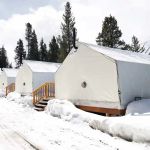 Winter Glamping Retreats in the U.S. You Didn’t Know About
Winter Glamping Retreats in the U.S. You Didn’t Know About Best Family-Friendly Campgrounds with Playgrounds and Kids’ Activities
Best Family-Friendly Campgrounds with Playgrounds and Kids’ Activities Top Family-Friendly Resorts Near Outdoor Adventure Destinations
Top Family-Friendly Resorts Near Outdoor Adventure Destinations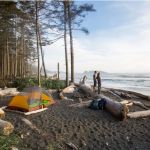 Top-Rated Campgrounds for Exploring National Forests
Top-Rated Campgrounds for Exploring National Forests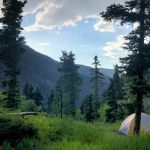 Top-Rated Camping Spots Near Scenic Trails: Explore the Best Outdoor Getaways
Top-Rated Camping Spots Near Scenic Trails: Explore the Best Outdoor Getaways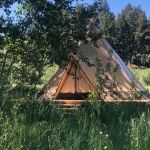 Affordable Luxury Camping Experiences at Top Resorts
Affordable Luxury Camping Experiences at Top Resorts 